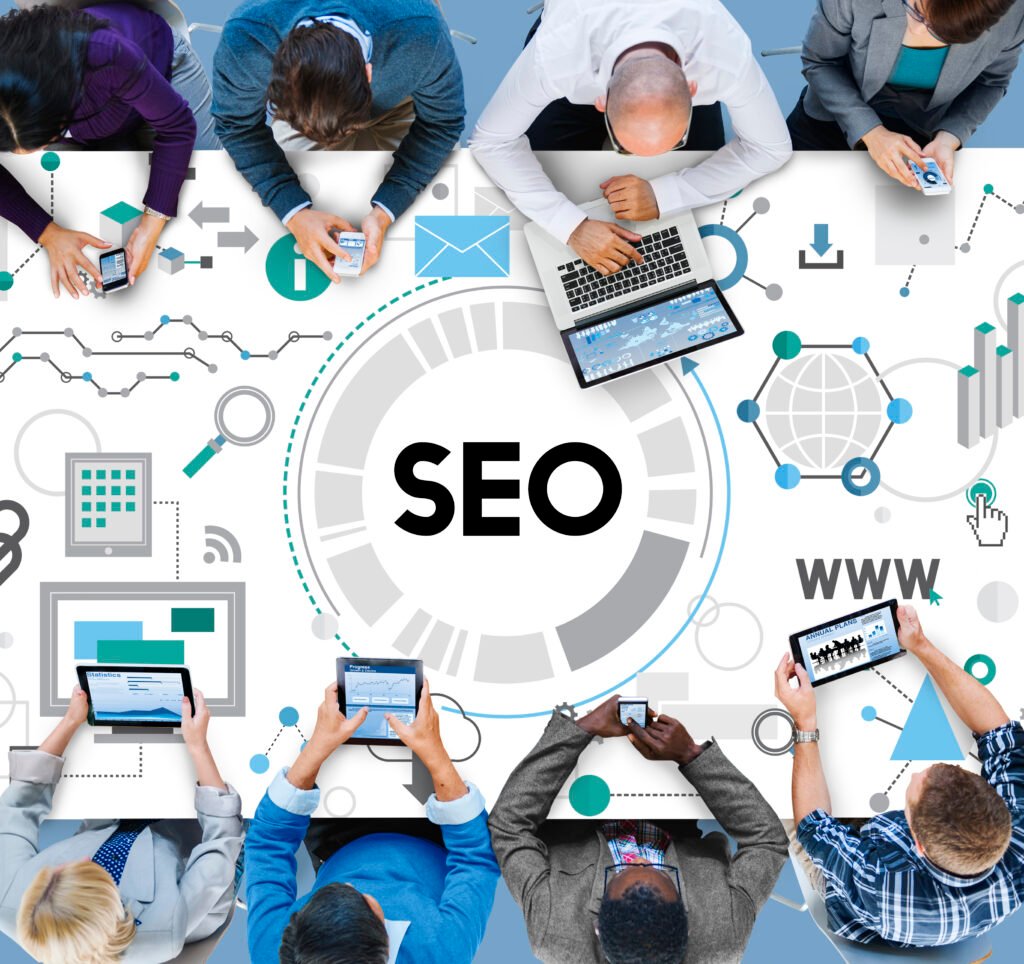Prompt Engineering Best Practices for SEO, Ads & Social Content
Introduction The rise of artificial intelligence (AI) has brought about significant changes in the way marketers create and optimize digital campaigns. At the heart of these advancements is prompt engineering — the art of crafting effective instructions for AI tools to generate high-quality, relevant, and impactful content. When applied strategically, prompt engineering can elevate your efforts in SEO, paid ads, and social content, ensuring better engagement and improved campaign performance. This guide outlines best practices for prompt engineering in key areas of digital marketing, helping you unlock the full potential of AI-driven content creation and optimization. 1.Understanding Prompt Engineering in Digital Marketing To begin, it is crucial to define what prompt engineering entails. Prompt engineering refers to designing precise and strategic inputs for AI tools, such as large language models, so that the output aligns with your marketing objectives. In the context of digital marketing strategies, prompt engineering bridges the gap between human creativity and machine efficiency. By mastering this skill, marketers can generate content that resonates with audiences while saving time and resources 2.Why Prompt Engineering Matters for SEO Search engine optimization (SEO) remains a cornerstone of digital success. However, crafting optimized content that meets both user intent and search engine requirements is time-consuming. This is where prompt engineering makes a difference. By using AI tools effectively, marketers can generate keyword-rich headlines, meta descriptions, and even full blog posts tailored for SEO. However, the key is to frame your prompts clearly — specify the target audience, desired tone, keyword focus, and content format — to ensure the AI produces content that enhances your site’s visibility and relevance. When crafting prompts for SEO content, clarity and specificity are paramount. For example, instead of asking an AI tool to “write a blog post about SEO,” a better prompt would be: “Write a 1000-word formal blog post on the benefits of SEO for small businesses, using an engaging tone and including the keywords ‘SEO strategies,’ ‘organic traffic,’ and ‘content optimization.’” Furthermore, incorporate instructions for structuring the content, such as using subheadings, bullet points, or even FAQ sections. This ensures that the generated output is both reader-friendly and optimized for search engines, thereby boosting campaign performance and driving organic traffic. Paid advertising (ads) thrives on concise, persuasive messaging. Writing compelling ad copy that drives clicks and conversions can be challenging, but with prompt engineering, AI tools can help you craft multiple variations in minutes. For best results, prompts should include the type of ad (e.g., Google Search, Facebook carousel, Instagram Story), the unique selling proposition, and a clear call-to-action. By experimenting with different prompts, marketers can quickly test and identify the most effective messaging for their target audience. When crafting prompts for ads, remember that context is key. A strong prompt might read: “Write five variations of a Google ad headline and description for a digital marketing agency offering affordable SEO and PPC services. Use action-oriented language and keep each headline under 30 characters.” Additionally, you can include instructions for testing emotional appeals or highlighting specific benefits. By fine-tuning prompts, marketers can generate ad copy that enhances campaign performance and maximizes ROI Social media has become an indispensable channel for customer engagement. Yet, consistently creating fresh and engaging social content can be daunting. AI tools, guided by well-engineered prompts, can generate captions, hashtags, and even post ideas tailored to specific platforms and audiences. Moreover, prompt engineering enables marketers to maintain brand voice and adapt content formats — from LinkedIn thought-leadership posts to Instagram Reels captions — ensuring that each piece of content feels authentic and relevant 8.The Role of Personalization in Prompt Engineering To craft effective prompts for social content, be platform-specific and audience-aware. A generic prompt like “write a social media caption” will likely result in bland output. Instead, specify the platform, audience demographics, and tone of voice. For instance, you might use: “Write three witty Instagram captions promoting a new organic skincare line, aimed at millennials, each under 150 characters with relevant hashtags.” This level of detail helps AI tools produce content that aligns with both audience expectations and platform norms. One of the most powerful aspects of prompt engineering is its ability to enable personalization at scale. Personalization has become a defining feature of successful digital marketing strategies, as customers increasingly expect tailored experiences. Through carefully crafted prompts, marketers can instruct AI tools to generate content variations for different segments, demographics, or even individual preferences. This not only improves customer experience but also drives higher engagement and conversions 9.Continuous Improvement and Testing Finally, it’s important to view prompt engineering as an iterative process. AI tools are only as effective as the prompts they receive, so continuous testing and refinement are crucial. Analyze how different prompts impact your content optimization, audience engagement, and overall campaign performance. By keeping track of which prompts yield the best results, marketers can develop a library of effective instructions, ensuring more consistent outcomes over time. This proactive approach helps businesses stay ahead in the ever-evolving landscape of AI-powered marketing. Conclusion: Elevate Your Digital Marketing with Prompt Engineering In conclusion, mastering prompt engineering is no longer optional for marketers who wish to harness the full potential of AI in SEO, ads, and social content. By following best practices and continually refining your approach, you can achieve greater content optimization, enhance personalization, and improve overall campaign performance


